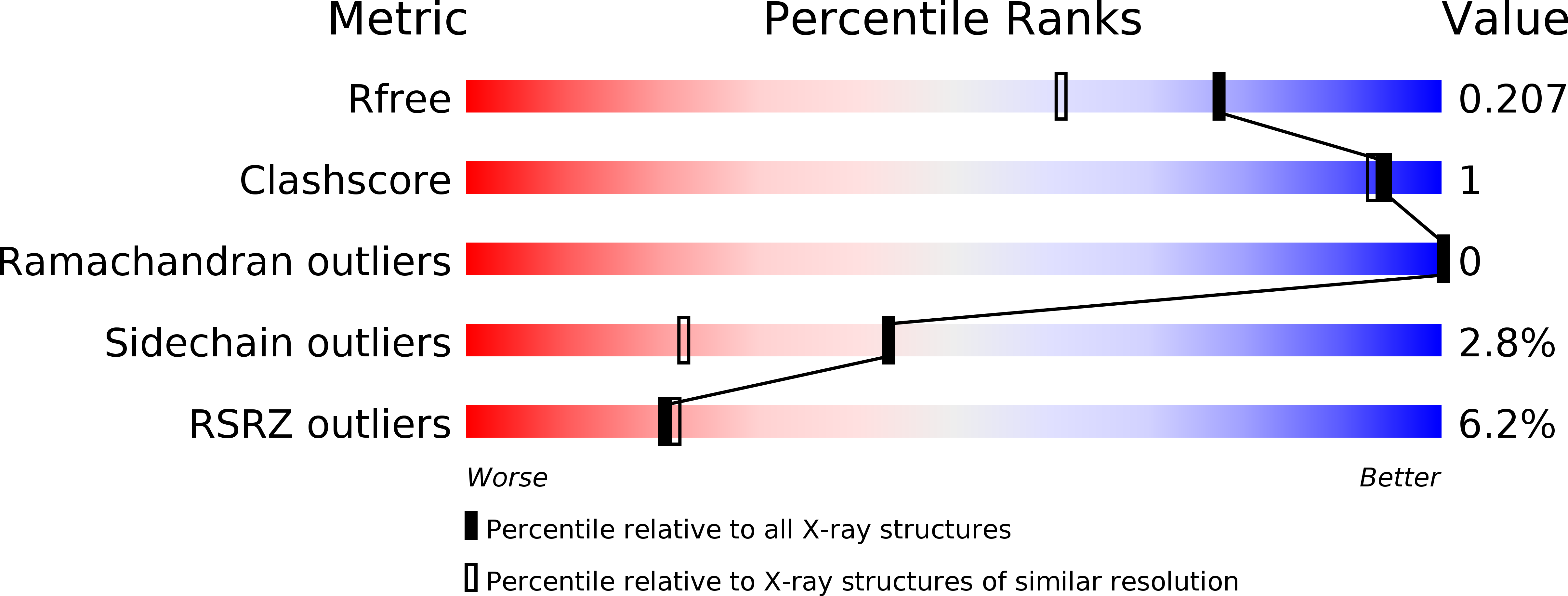
Deposition Date
2018-09-17
Release Date
2019-07-31
Last Version Date
2024-01-24
Entry Detail
PDB ID:
6HNO
Keywords:
Title:
17beta-hydroxysteroid dehydrogenase 14 variant S205 - mutant H93A
Biological Source:
Source Organism:
Homo sapiens (Taxon ID: 9606)
Host Organism:
Method Details:
Experimental Method:
Resolution:
1.68 Å
R-Value Free:
0.20
R-Value Work:
0.16
R-Value Observed:
0.16
Space Group:
I 4 2 2


